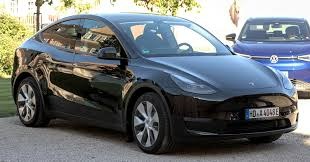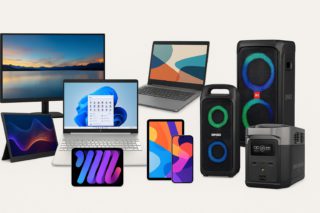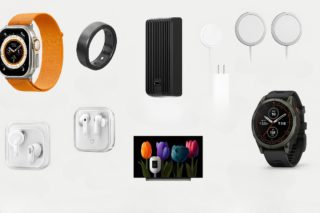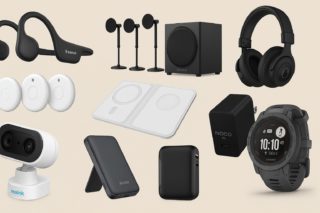Tesla installed a glass roof on the Model Y Standard, then covered it completely with fabric. You’re paying for premium materials you’ll never see—like subscribing to Netflix’s highest tier but only watching through frosted glass. This manufacturing decision prioritizes factory efficiency over the driving experience that made Tesla’s glass roofs iconic.
Manufacturing Logic vs. Consumer Sense
Tesla’s rationale focuses on production efficiency, not driver benefits.
Tesla’s engineering team explained that the covered glass approach stems from cost, supply chain, and manufacturing efficiency considerations in their factories. The Standard’s glass lacks the reflective coatings found in Premium versions, making heat management problematic without the fabric barrier.
Here’s where logic breaks down. Engineering a custom headliner to hide existing glass seems more complex than installing a conventional metal roof. The Model 3 Standard keeps its glass roof visible, proving Tesla can deliver sky views at entry-level pricing.
This inconsistency suggests manufacturing standardization trumped consumer experience.
When ‘Standard’ Means ‘Deliberately Worse’
The covered roof joins other downgrades that make premium trims look essential.
Reviewers and consumers have widely criticized the hidden glass as “pointless” and counterproductive to perceived value. The Standard also drops:
- Powered seat adjustments
- Screen functionality
- Switches to textile seat inserts
These are standard cost-cutting moves that make sense.
The fabric roof feels different. It delivers no obvious savings while removing Tesla’s signature cabin openness. Industry speculation suggests Tesla isn’t aggressively promoting the Standard, positioning it primarily to make higher trims appear more attractive. The downplayed marketing supports this theory.
The Real Cost of Manufacturing Convenience
Tesla’s decision reveals how factory optimization can override user priorities.
This represents a broader pattern where manufacturing convenience supersedes user experience. Tesla built its brand on innovation and premium feel—qualities that suffer when glass roofs become hidden features.
The covered glass delivers minor sound insulation improvements but eliminates the psychological spaciousness that defines modern Tesla interiors. You’re left with invisible innovation: technically advanced engineering that provides zero experiential benefit. That’s not the Tesla promise most buyers expect.





























